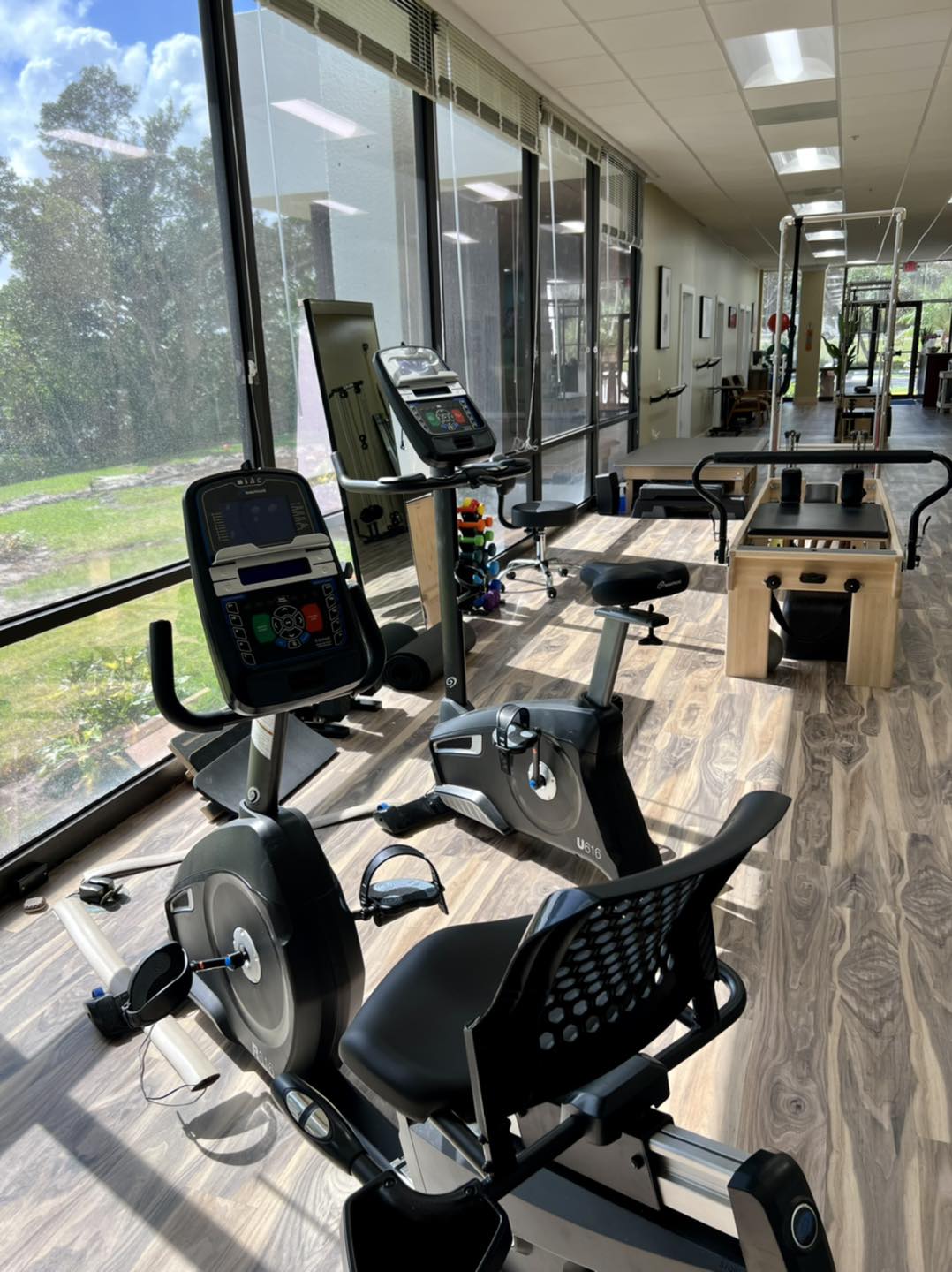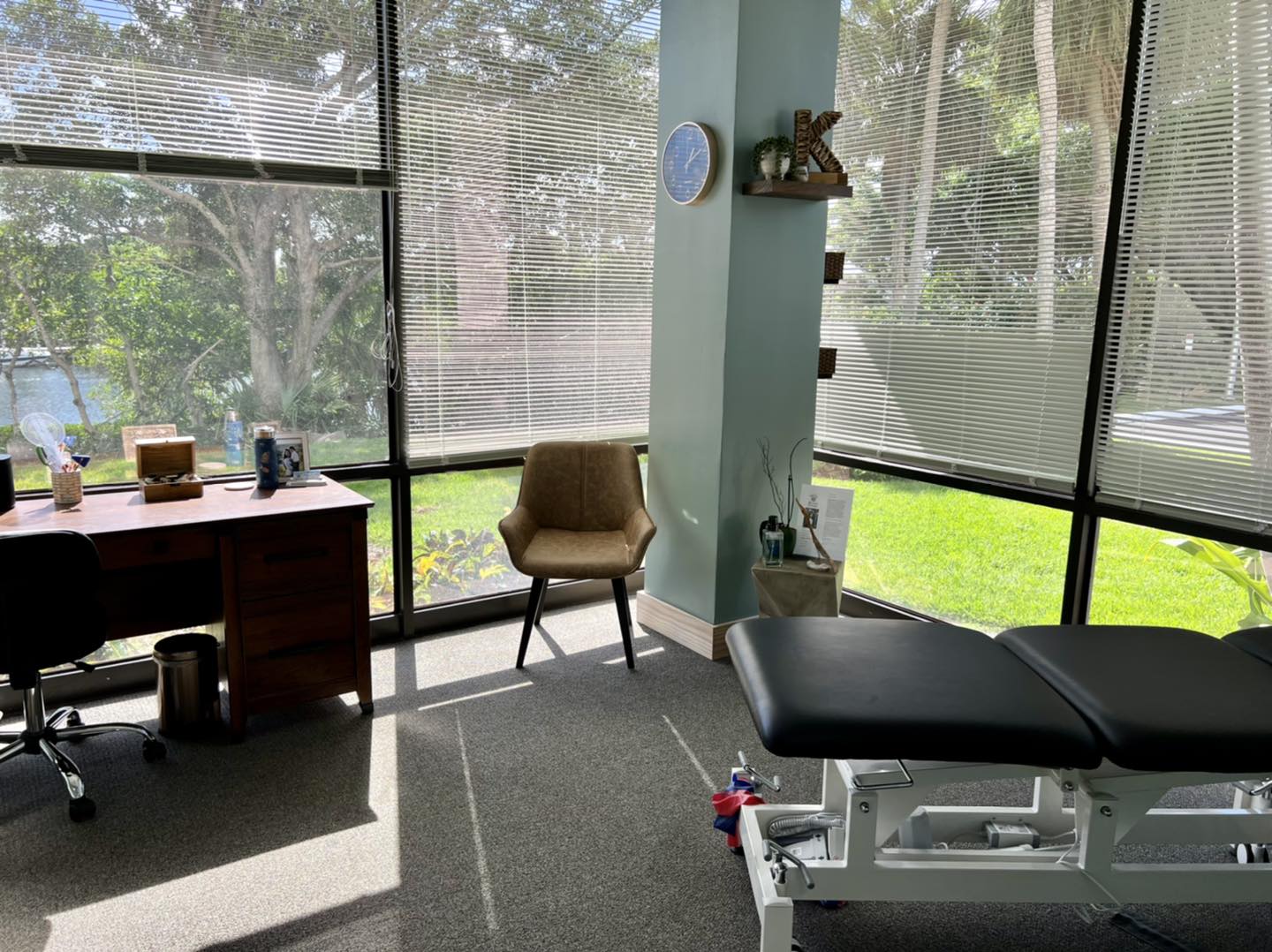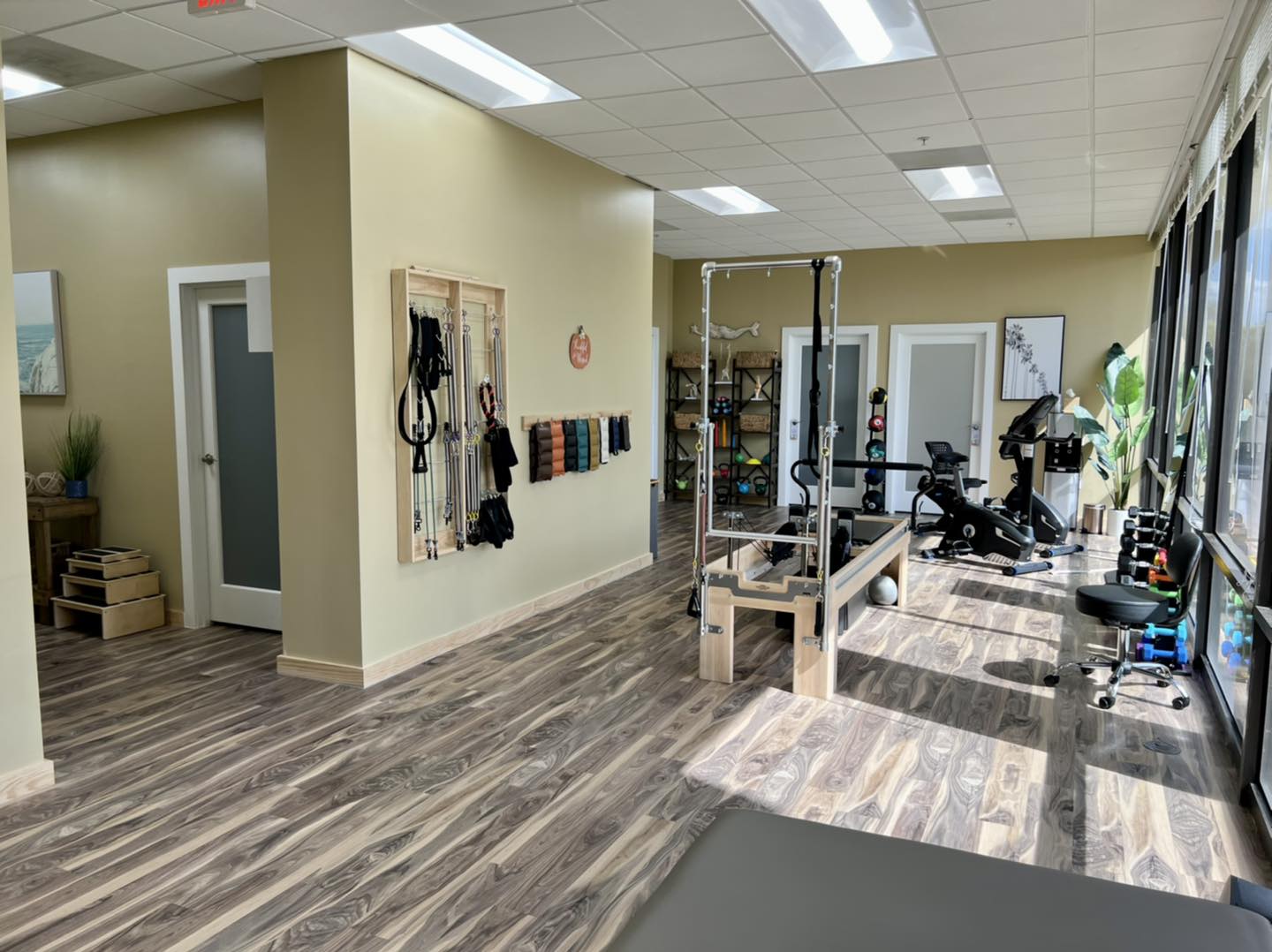Saylor Physical Therapy Tequesta
Shoulder, elbow & Hand Pain
Shoulder, Elbow & Hand Pain Therapy at Saylor Physical Therapy Tequesta
The shoulder is a ball-and-socket joint that has the greatest range of motion of any joint in the human body. While stability is a seemingly normal function of any muscle group, because of the shoulder’s great range of motion, these muscles can experience an immense amount of stress, leaving you in pain. Living with shoulder pain is a frustrating condition where symptoms can become disabling.
The shoulder, elbow, and hand must be mobile enough to allow for actions such as lifting, pushing, and pulling. Compromising these basic movements can affect your daily routine and cause greater injury. At FIRST Rehab we believe in restoring the range of motion through exercise while strengthening the muscles to prevent further injury.
If you are experiencing shoulder, elbow, or hand pain, please contact us our office for your initial evaluation so that we can further assist you Individually.
We can help you with your shoulder, elbow, and hand pain.


Shoulder, Elbow and Hand Therapy in Tequesta
Schedule an appointment and we look forward to providing you with quality, individual, one-on-one care for one full hour.
Shoulder, Elbow, And Hand Pain Issues:
- Frozen Shoulder (Adhesive Capsulitis)
- Tendinitis/Shoulder Impingement
- Dislocated Shoulder
- Rotator Cuff Tear
- Golfer’s elbow (Medial Epicondylitis)
- Tennis Elbow (Lateral Epicondylitis)
- Wrist or Hand Fracture
- Carpal Tunnel.
Shoulder, Elbow, And Hand Pain Symptoms
Depending on the cause and severity, shoulder, elbow or hand pain pain can cause an array of symptoms.
It may:
- Be dull, burning or sharp.
- Be localized or dispersed over a broad area.
- Come on gradually or suddenly.
- Occur with muscle spasms or stiffness

Schedule an appointment for your shoulder, elbow or hand pain

Shoulder, Elbow& Hand Pain Explained
Shoulder, elbow and hand pain is grouped into three categories:
- Acute if a spell of pain lasts less than 3 months.
- Recurrent if acute symptoms come back.
- Chronic if your pain bothers you most of the time for longer than a 3 month period.
Shoulder, Elbow, & Hand Pain Causes
Frozen Shoulder (Adhesive Capsulitis)
Frozen shoulder is also known as adhesive capsulitis. This is a condition characterized by stiffness and pain in your shoulder joint. Signs and symptoms typically begin slowly and worsen over time. The exact cause of frozen shoulder is unknown, but it is most common among people aged 40 and over. The most common people to develop the condition are women. Immobility may be the result of
The disease is characterized as having freezing, frozen, and thawing stages, and is self-limiting (in time it goes away on its own). However, it can take two years or more to recover from this condition. Physical therapy consisting of patient education, stretching, joint mobilization, and a home exercise program can help speed recovery. For a small percentage of frozen shoulder patients, it may take two years or more to recover.
Tendinitis / Shoulder Impingement
Your shoulder is made up of several joints combined with tendons and muscles that allow a great range of motion in your arm. Shoulder tendonitis (often called Rotator Cuff Tendonitis) can occur when the rotator cuff is overloaded, fatigued, traumatized, and with age-related degenerative changes. Rotator cuff tendinitis causes shoulder pain at the top of the shoulder and the upper arm. Biceps tendinitis causes pain in the front or side of the shoulder. Pain may also travel down to the elbow and forearm.
Impingement syndrome is a common condition affecting the shoulder and is often seen in aging adults. This condition is closely related to shoulder bursitis and rotator cuff tendinitis. Pinching or impingement of the rotator cuff tendons occurs in a region under a bony structure called the acromion (the projection of the shoulder blade that forms the tip of the shoulder). Impingement happens when the arm is raised overhead repeatedly, or raised overhead with a heavy load in your hand, or may occur when you sleep on your shoulder.
Treatment of impingement or rotator cuff tendonitis usually involves rest, anti-inflammatory medications like ibuprofen, physical therapy to restore proper strength and movement, and less often, a cortisone injection.
Dislocated Shoulder
The shoulder joint is the most frequently dislocated joint of the body. The shoulder can dislocate forward, backward, or downward, completely or partially. A dislocated shoulder is an injury in which the upper arm bone pops out of the cup-shaped socket that’s part of your shoulder blade. This is a more extensive injury, which involves damage to the ligaments of the joint where the top of your shoulder blade meets the end of your collarbone.
Shoulder dislocation may cause numbness, weakness or tingling near the injury, such as in your neck or down your arm. Your doctor may try some gentle maneuvers to help your shoulder bones back into their positions. This process is called closed reduction. Rarely is surgery
Pain and muscle relaxant medication is often prescribed. Ice can also help reduce the pain. Physical therapy is usually started 2-3 weeks after a dislocation to strengthen the muscles that support the shoulder joint.
Rotator Cuff Tear
The rotator cuff is the group of four tendons and muscles that surround the shoulder joint. When the rotator cuff is injured, it is the tendons of the rotator cuff that are injured. When tendons are inflamed or torn, they cannot function properly. The most common symptom of a rotator cuff problem is
The pain will often be over the top of the shoulder and arm, but it can also descend down the outside of the arm all the way to the elbow. Weakness can also occur as a result of a rotator cuff injury, which impacts daily activities such as lifting, reaching, and getting dressed. Most rotator cuff injuries can be treated without surgery. Physical therapy is often recommended as an initial treatment for a rotator cuff tear.
The goal of physical therapy is to improve the function of the muscles that surround the shoulder. By strengthening these muscles, therapy can help compensate for the damaged tendons.
Tennis Elbow/Golfer’s Elbow
Golfer’s elbow or medial epicondylitis is similar to its counterpart, tennis elbow or lateral epicondylitis. The primary differences between these conditions are the location of the pain and the activity that leads to injury. Both conditions are caused by overuse of the muscles and tendons of the forearm, leading to inflammation and pain around the elbow joint.
Both of these problems are forms of tendonitis. People that suffer from golfer’s elbow (medial epicondylitis) are often involved with racquet sports or golf. The pain of golfer’s elbow is usually at the elbow joint on the inside of the arm. It is common to have a shooting pain down the forearm while gripping objects.
Patients with Tennis Elbow (Lateral epicondylitis) experience pain on the outside of the elbow that is worsened by grasping objects and cocking back the wrist. This injury is common among those who play a lot of tennis or racquet sports, hence the name “tennis elbow.” However, any activity that involves repetitive twisting of the wrist can lead to this condition. Treatment is rarely surgical, as both of these conditions can be well managed with a little rest and proper rehabilitation.
Wrist or Hand Fracture
The wrist joint is made up of the two bones in your forearm (the radius and the ulna) and the many tiny bones in the base of your hand (carpal bones). The radius is the bone on the thumb side of the forearm, and the ulna is the outer bone of the forearm located on the side of the pinky. Fractures of these bones are the most common of wrist fractures. The second most common wrist fracture is a Scaphoid Fracture. The scaphoid is one of the small carpal bones in the wrist that is occasionally injured by a fall on an outstretched hand.
The treatment of a wrist fracture varies greatly depending on the location, position, stability and how many pieces of broken bone have been created due to the injury. Most fractures can be treated with a cast. Most hand fractures are stable and do not require surgery. However, occasionally, fractures will not heal without appropriate surgical intervention. Internal support or “hardware” is necessary to stabilize fractures. The therapist may apply a form-fitting, custom thermoplastic splint to protect the fracture during healing. These splints may be removed for exercise and hygiene.
Carpal Tunnel
Carpal tunnel syndrome is a compression of the median nerve within the carpal tunnel. The area in your wrist where the nerve enters the hand is called the carpal tunnel. This tunnel is normally narrow, so any swelling can pinch the nerve and cause pain. Common symptoms are
Treatment typically consists of splinting the wrist in a neutral position (no bend in the wrist in either direction), anti-inflammatory medication, and most importantly, activity modification such as wearing a padded glove during cycling. Surgical release of the transverse carpal ligament is often performed before muscle wasting occurs. Physical therapy follows to help restore range of motion and
Shoulder, Elbow, & Shoulder Therapy in Tequesta
Contact us for more information or to schedule your appointment today
Services at Saylor Physical Therapy Altamonte Springs
Neck & Back
Pain
Shoulder, Elbow
& Hand Pain
Hip & Knee
Pain
Foot & Ankle
Pain
Sports Therapy &
Injury Therapy
Personal
Training
contact Saylot PT Tequesta
Get In Touch
new to Saylor PT Tequesta?
new patients
Address
Saylor PT Tequesta
1001 US-1 Ste 102,
Jupiter, FL 33477
Phone
P 561-277-9011
F 561-277-9310
Hours
Mon 8 am–6 pm
Tues 8 am–6 pm
Wed 8 am–6 pm
Thu 8 am–6 pm
Fri 8 am–6 pm
Sat Closed
Sun Closed
